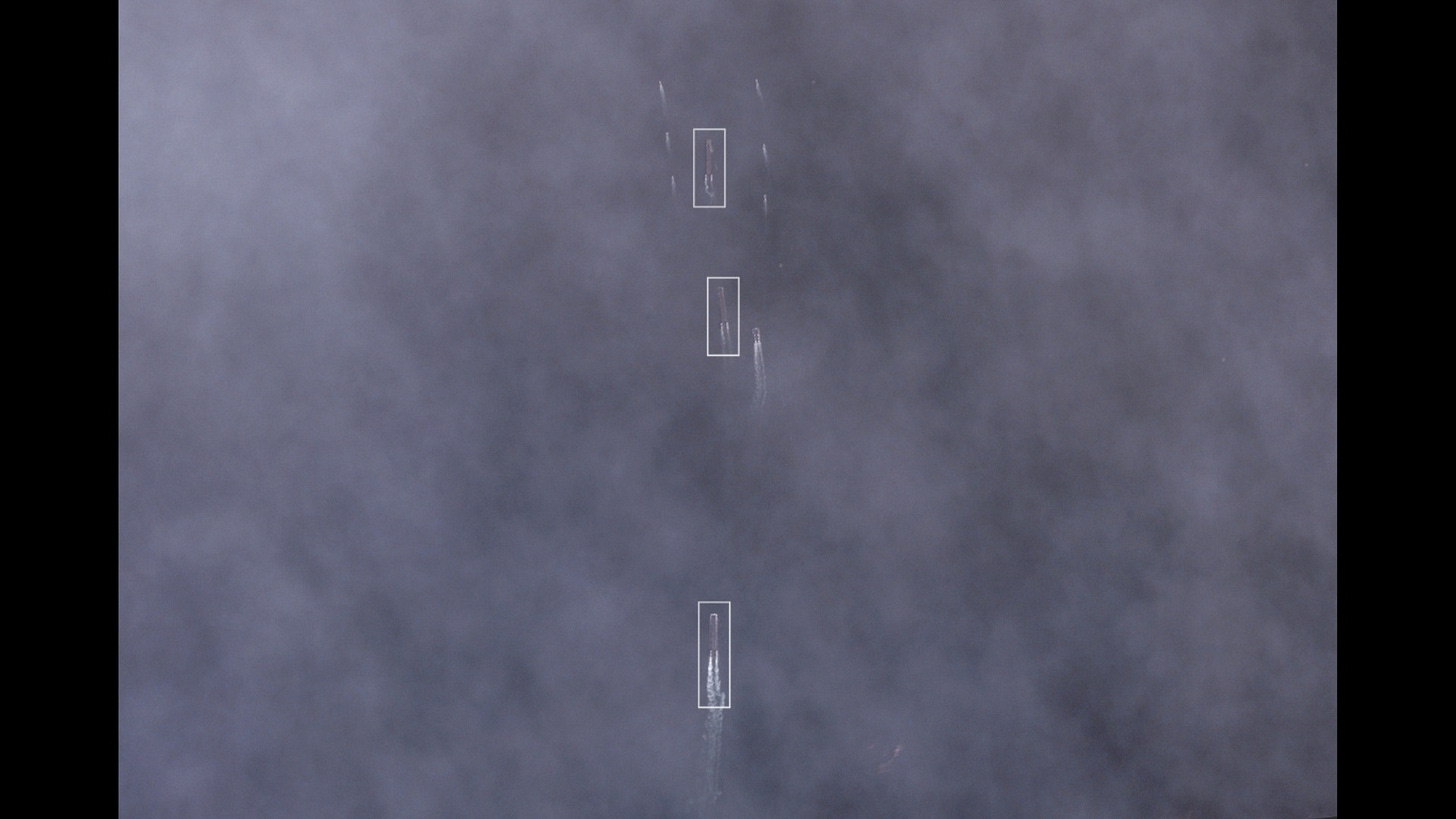Boat Party
金門調酒 - Kinmen Cocktails #10
Quick Ship to Shore Recap
We have been seeing more articles about ship-to-shore connectors, so we made a quick review of the major capabilities below.
Roll On/Roll Off Ferry
In the above image, Sheng Sheng 1 (of the Wei Hai passenger transport company), a white Roll On/Roll Off ferry (RoRo - a large transport ship), offloads a ZTZ-96 main battle tank and an unidentified armored vehicle onto a green semi-submersible barge (ship-to-ship transfer vessel).
The vehicles will then roll onto a floating pier in the foreground (a ship-to-shore connector [SSC] able to hit the beach). Pending sea state, these barges can be used to transfer equipment at sea across the amphibious fleet.
Everyone knows about the RoRo ferries, and for good reason. The larger ones can transport more vehicles than gray-hull LHD and LPD vessels. Some of the RoRos even have well decks, allowing them to launch amphibious vehicles at sea without getting too close to shore.
PLA Bridge Barges (Shuiqiao-class LPU Landing Barges)
These are ostensibly civilian ships (they aren’t). As Mike Dahm and Thomas Shugert point out, their lack of Automatic Identification System (AIS) transmissions indicates the barges are very likely PLA Navy auxiliaries, not civilian vessels.
The barges are equipped with a bow (front) gate that kicks down and releases an extending suspension bridge like a tongue out of a mouth. You can see the tall tower mounted to the front of the ship, meant to suspend the retractable bridge. This bow bridge is intended to bite hard onto the beach, providing safe purchase for forces moving onto the beachhead.
If we look at the stern (rear) of the ship, we see another gate. This is a telltale sign that the stern gate is meant to be kicked down and mated to another ship, which we will call ship2 (could be any vessel with shallow enough draft to make it close to shore next to the bridge barge). Ship2 can then disgorge its load onto the bridge barge, and then the load can traverse the bow bridge onto the beach.
If you’d like a super in-depth article on these LPU vessels, we wrote one here.
Civilian Deck Cargo
Cargo vessel Huayizhixing conducting joint logistics over-the-shore, unloading about 20 military vehicles.
These are cheap civlian vessels with a shallow draft that can get close to the shoreline and unload under the proper sea state without a port facility. US Navy analysts have consistently underplayed the ability of the PRC to simply use civilian cargo ships to unload assault and landing forces, ditching the ships in the shallows temporarily if need be.
Yupai Expeditionary Pier
From a 2025 exercise, we can see Yupai floating pier sections above motoring towards the beach. Primarily composed of modular, self-propelled causeway sections (as well as warping tugs, roll-on/roll-off discharge platforms, ferries, etc), the Yupai can splash at sea, motor to the beach in sections, connect closer to the shoreline, and embed into the sand as an expeditionary pier.
Then, other causeway sections or tugs can be used to head to sea, pick up troops, and motor back to the expeditionary pier and re-attach, allowing the troops to drive onto the beach. It is a fancy and temperamental capability.
Traditional Gray Hull Lift
Just one type of landing ship is the above Type 072A LST (Landing Ship Tank), the 982 Taihang Shan. These LSTs can carry about 400 tons of soldiers/vehicles, or almost 1,000 tons of supplies. The bow ramp (the open door at the front of the craft) is useful for landing troops and vehicles on the beach, but makes the LST slower and less seaworthy. The 072A also has a stern ramp at the rear and can also dock at a pier, as pictured.
The US Navy and PLAN have many amphibious vessels and ship-to-shore connectors in their respective fleets. This acronym soup includes LHD, LPD, LCAC, LCU, LST, and LCM. If you would like to get into gnat’s ass detail on how all this works, we have our in-depth article here.







